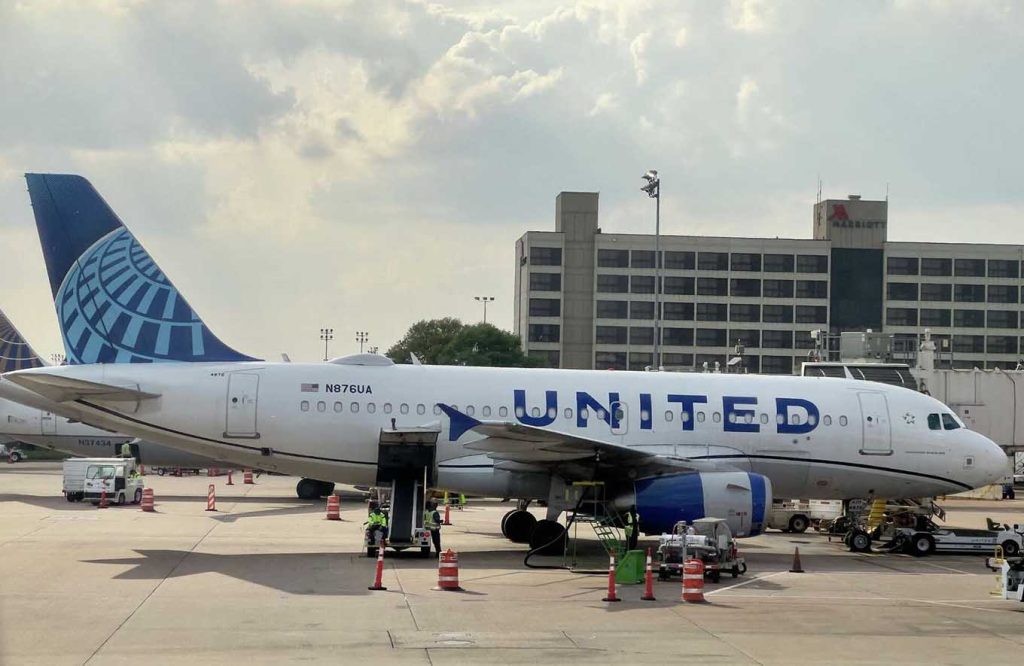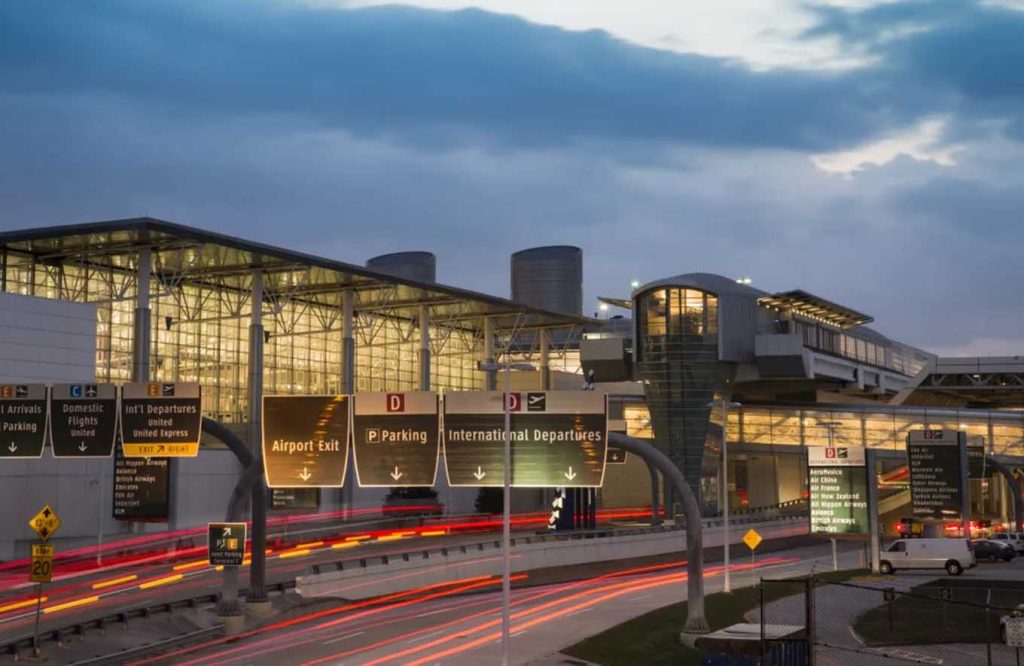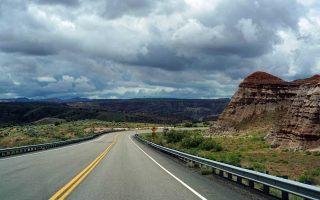Flying to Houston, Texas, USA, is not only a long-distance flight, but also a test of preparation and response. From packing to border check, from choosing an airline to booking seats, every step may affect the comfort and efficiency of the entire journey.
Whether it is a business trip, leisure travel, or studying abroad, this energy capital is worth planning. The following ten things cover the key points that must be known before departure to help travelers take off smoothly and arrive safely.
1. Choose the right flight: How to choose an airline?
There are many international flights to Houston, with the main destination being George Bush Intercontinental Airport (IAH). You can choose direct flights or stopover flights, and there are huge differences between different airlines. Here are several major airlines and their characteristics:
United Airlines
Pros: As the main base airline of IAH, United Airlines has a large number of direct flights.
Service quality: Economy class is relatively basic, but the business class experience is excellent, especially Polaris business class.
Recommended routes: There are direct flights from major cities such as Beijing, Shanghai, Tokyo, and Frankfurt.
Delta Air Lines

Advantages: Strong transfer network, especially smooth transfers in Atlanta and Detroit.
Service quality: Good service reputation among American airlines, slightly better cabin cleanliness and catering standards.
American Airlines
Advantages: Competitive fares, sometimes good discount tickets on third-party platforms.
Disadvantages: High delay rate, relatively compact seats, most non-direct flights need to transfer in Dallas.
Recommended Asian airlines: Singapore Airlines, Japan Airlines, All Nippon Airways, Asiana Airlines
If you are willing to spend a little more time transferring, the service experience of Asian airlines will be even better:
ANA All Nippon Airways and Japan Airlines have smooth transfers in Tokyo, and the flight attendants are professional.
Singapore Airlines provides excellent catering and entertainment systems on long-distance flights.
Asiana Airlines strikes a good balance between price and service.
2. Which third-party platforms are the most cost-effective for booking tickets?
Skyscanner
Advantages: Comprehensive comparison of global airlines and OTA (online travel agents) prices, intuitive interface.
Feature highlights: price trend chart, cheapest month recommendation.
Notes: Please verify the refund and change policy when jumping to other platforms. Sometimes, although the price is low, the ticket cannot be refunded.
Google Flights
Advantages: fast speed, strong visualization, and the ability to track flight price fluctuations.
Suitable for: users who have a clear preference for routes and want to compare prices of multiple airlines.
Ctrip & Fliggy
Local advantages: Chinese customer service, support for Alipay and WeChat payment.
Applicable situations: suitable for first-time users going abroad and passengers who need domestic flight connecting tickets.
Reminder: Pay attention to the refund policy. Sometimes the refund fee for “special tickets” is extremely high.
Momondo
Suitable for: cross-border price comparison, sometimes it will display some prices that other platforms cannot display.
Disadvantages: The interface is not as clear as Skyscanner, and some of the jump pages are small agents, so please choose carefully.
3. Baggage policy: Be careful not to be fooled by “hidden charges”
The baggage policies of different airlines vary greatly. Economy class often does not include checked baggage, especially the three major airlines in the United States. You must confirm the following factors when booking:

Carry-on baggage size and weight
American airlines such as United/Delta generally have no weight requirements for carry-on baggage, but limit it to 22x14x9 inches.
Asian airlines usually limit the weight to less than 7 kilograms, and most of them are one main bag + one small bag.
Checked baggage charges
United Airlines, American Airlines: International flights may include one checked baggage, but domestic flights in the Americas often do not include checked baggage, which needs to be purchased separately (usually about US$30~35/piece).
Delta Airlines often does not include checked baggage for connecting flights, so be sure to check whether the itinerary is issued in segments.
Asian airlines generally provide two free checked bags (23kg each).
Excess baggage charges are expensive
Overweight and oversize charges are very expensive. For example, the per kilogram charge by US airlines may be as high as $150. It is recommended to use a luggage scale to measure and pack in advance.
4. Preparation for customs clearance: customs, entry card and common inquiries
Preparation of entry materials
Valid passport and visa (such as B1/B2, F1, J1, etc.).
Itinerary (including return ticket).
Hotel reservation information or invitation letter.
Fill out the CBP declaration form truthfully (some airports have been electronicized and no paper form is required).
Common entry question and answer simulation
Questions that the immigration officer may ask include:
“What’s the purpose of your trip?”
“How long do you plan to stay?”
“Where will you be staying?”
“Do you have any food or cash over $10,000?”
Answering principles: concise, logical, not nervous, and not talking too much.
Entry queue time
Houston IAH is one of the busiest airports in the United States, and the queue time may exceed 1 hour. It is recommended to arrive on an early flight or apply for Global Entry (for those who frequently enter and leave the US visa).
5. Seat selection tips: How to spend less money to sit more comfortably?
If you want to sit comfortably, you don’t necessarily have to upgrade. The following are practical seat selection suggestions:
Use SeatGuru to query aircraft models
Enter the flight number to view the aircraft layout, seat width, whether it is close to the toilet or has a USB charging port.

High cost-effective seat recommendation
Front row window seat in economy class: faster disembarkation and less noise.
Emergency exit seat: The largest legroom, but sometimes the backrest cannot be adjusted, and it is not suitable for passengers with children.
Aisle seat: Suitable for people who often get up to go to the toilet or are afraid of depression.
Check in online in advance
United, Delta, and American Airlines all provide online seat selection 24 hours in advance. You can grab a good seat as soon as possible.
6. Visa and ESTA: Don’t think you can fly just by buying a ticket
Holding a Chinese passport: You must have a valid US visa (common B1/B2 tourist visa).
Visa review has become stricter in recent years. It is recommended to apply at least 2-3 months in advance.
Transit issues in non-direct countries
If you plan to transit through Canada, you must apply for a Canadian visa or eTA; you need a Schengen visa when transiting through some EU countries, so don’t ignore it.
7. Food and flight comfort: Don’t count on airplane meals
Bring your own meals
Most flights to the United States serve American-style meals, which may not be to your taste.
You can bring vacuum-packed dry food, nuts, biscuits, and dried fruits.
Buy water at the airport before boarding (purchase after passing security).
Flight supplies list
U-shaped pillow, eye mask, noise-canceling headphones.
Moisturizing skin care products, small spray, lip balm.
A light down jacket or blanket, the cabin is always cold.
8. Time difference and overnight arrangements after entry
Houston belongs to Central Time (CST) in North America, and the time difference with China is -13 to -14 hours (-13 hours during daylight saving time).
Sleep adjustment tips
Don’t sleep for a long time on the plane, and adapt to the American time schedule in advance.
Avoid sleeping before noon after arrival to avoid disrupting your rhythm.
Recommended accommodation on arrival
Near the airport: convenient for overnight rest, suitable for late night arrival.
Downtown or Galleria business district: convenient shopping and developed transportation.
9. Transfer and transit strategy: avoid these “minefield airports”
Recommended transit cities (if not direct flights):
Tokyo Narita/Haneda: Asian airlines have efficient transit and clear signs.
Seoul Incheon: Asiana/Korean Airlines have complete transit facilities and many Chinese services.
San Francisco, Chicago, Los Angeles: classic gateway airports for entering the United States, you need to pick up your luggage and then check it in.
Avoid transit airports:
New York JFK: chaos, long queues, and separate terminals.
Chicago ORD (frequent bad weather): prone to delays in winter.
Dallas DFW: American Airlines’ main base, but the terminal spans a large area, so you need to reserve at least 2 hours for transfer time.
10. Network and payment method preparation after entry
Mobile phone and SIM card
It is recommended to buy eSIM or short-term cards from T-Mobile or AT&T.
There are generally no convenience stores selling SIM cards at US airports, so it is recommended to buy online in advance.
Payment method
Visa/Master credit cards are widely accepted, and Apple Pay has a high coverage rate.
WeChat and Alipay are available in some Chinese stores, but they cannot be relied on.
Houston is a city full of opportunities and cultural charm, but the journey to it is full of “unspoken rules” and precautions. From airline selection to baggage check-in, from seat selection to customs clearance, every step may affect your travel experience.
These 10 things may seem trivial, but they are the key to whether you can easily fly to Houston and embark on a smooth journey. I wish you a happy flight and a smooth journey!



